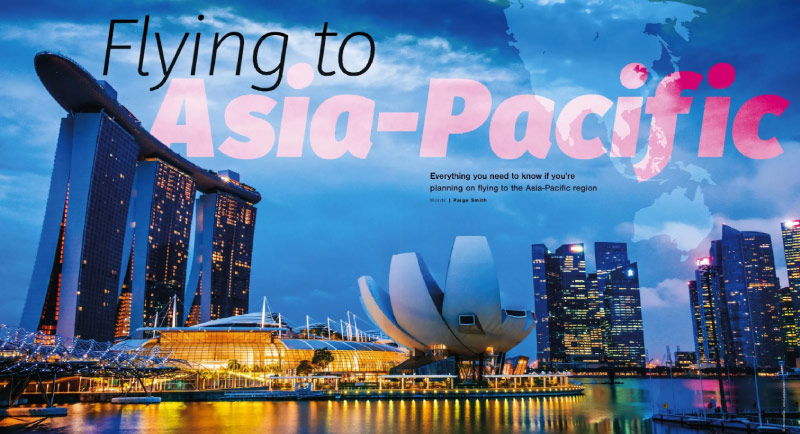
Everything you need to know if you’re planning on flying to the Asia-Pacific region.
At the start of this year, China finally opened its borders to the rest of the world. After three years of Covid-19 closure and isolation, the aviation sector in neighboring countries in the Asia-Pacific region has had a chance to assess the impact.
“China’s decision to ease its Covid restrictions and reopen its borders to international travel will accelerate business aviation growth across the Asia-Pacific (APAC) region,” says Darren McGoldrick, vice president, of Luxaviation Asia-Pacific. “Prior to the pandemic, China was a central hub for private flyers. Routes to and from China from bordering countries, such as Thailand and Vietnam, as well as long-haul destinations, drove significant economic growth for the region.”
In the months since the Covid-19 reopening, business aviation activity in China is 19% ahead of last year and 0.2% behind 2019, according to business aviation data source WINGX.
“Since the reopening of China on February 8, we have already witnessed an increase in international traffic, as well as a growing number of domestic flights within mainland China,” says McGoldrick. “Whilst it is great to see the return of jet demand in APAC, it is also great to have Chinese operators, who have had to pause activities for almost three years emerge from the pandemic.”
This boost in private aviation demand will have an immediate impact on many of the surrounding countries, explains McGoldrick. “Our ExecuJet FBOs in Australia and New Zealand will be managing departures to and welcoming visitors from Chinese operators. Our team is prepared and looking forward to facilitating new and existing clientele, because of China’s reopening.”